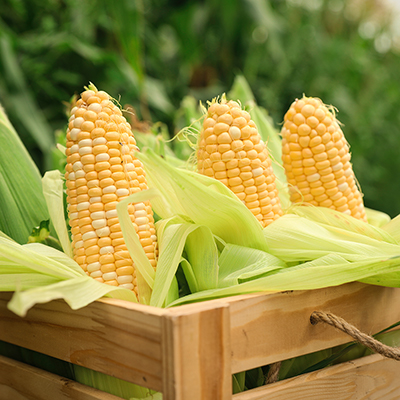Grow Goodness When You Plant an Edible Garden
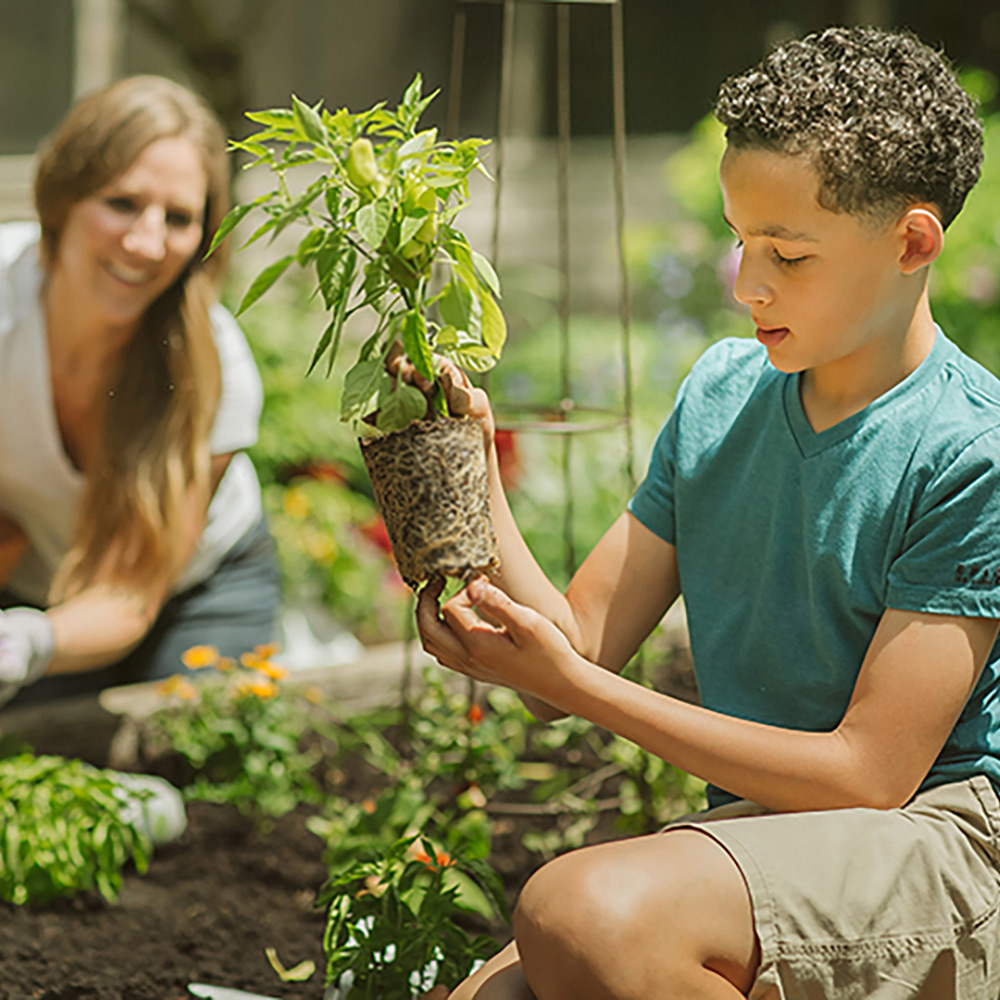
Last updated September 7, 2023
Growing vegetables and herbs in your garden gives you the opportunity to connect what you grow with what you eat. The first steps to a summer's worth of veggies are to plan and prep your garden space. After you’ve prepped your vegetable garden, gather your seeds, seedlings and tools and get started planting.
There's such a wide variety of vegetables and herbs that it can be intimidating to know where to start. The best advice is to begin with what grows best in your area and what your family likes to eat.
Table of Contents
What to Plant in an Edible Garden
When to Plant an Edible Garden
Where to Plant an Edible Garden
How to Plant an Edible Garden
What to Plant in an Edible Garden
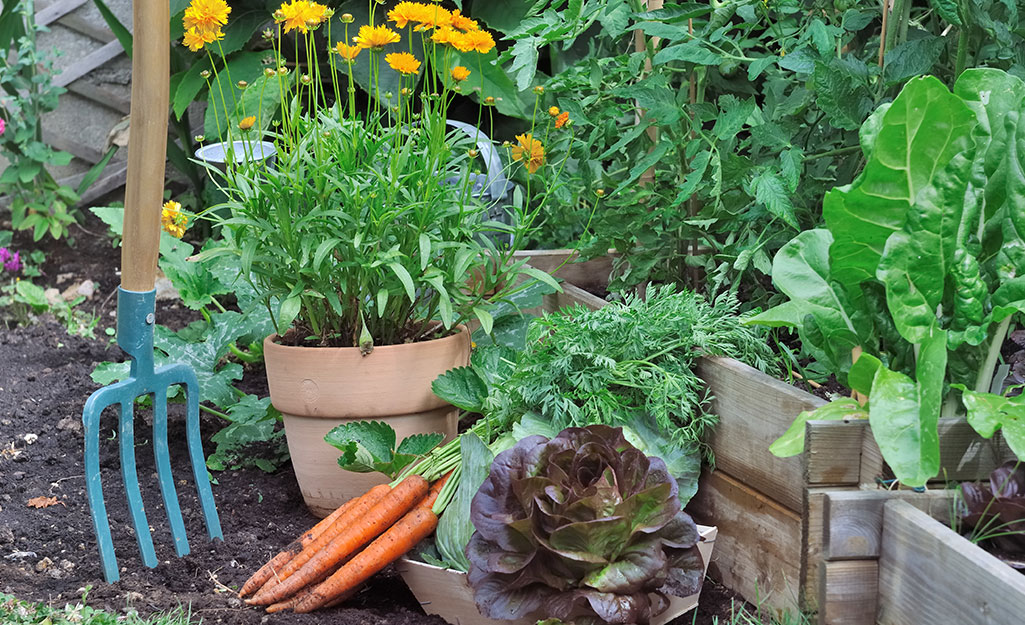
Early in the season, you can begin with cool-weather crops like cabbage, lettuce and peas. You can also start seeds indoors for warm-weather crops like tomatoes, peppers and eggplants.
There are three ways to get plants:
Start your own from seed. If you have at least 6 weeks before the date of last frost, then you have time to start plants from seeds. Learn how to start seeds indoors, too.
Direct sow seeds. Root veggies like carrots and radishes can be sown directly into the garden once all danger of frost has passed. Plants with larger seeds like squash and cucumbers can be planted directly in the garden, too.
Purchase seedlings. Vegetable and herb seedlings appear in the Garden Center when it’s time to plant them in your garden. In frost-prone regions, use a row cover for frost protection in case of a late-season cold snap.
When to Plant an Edible Garden
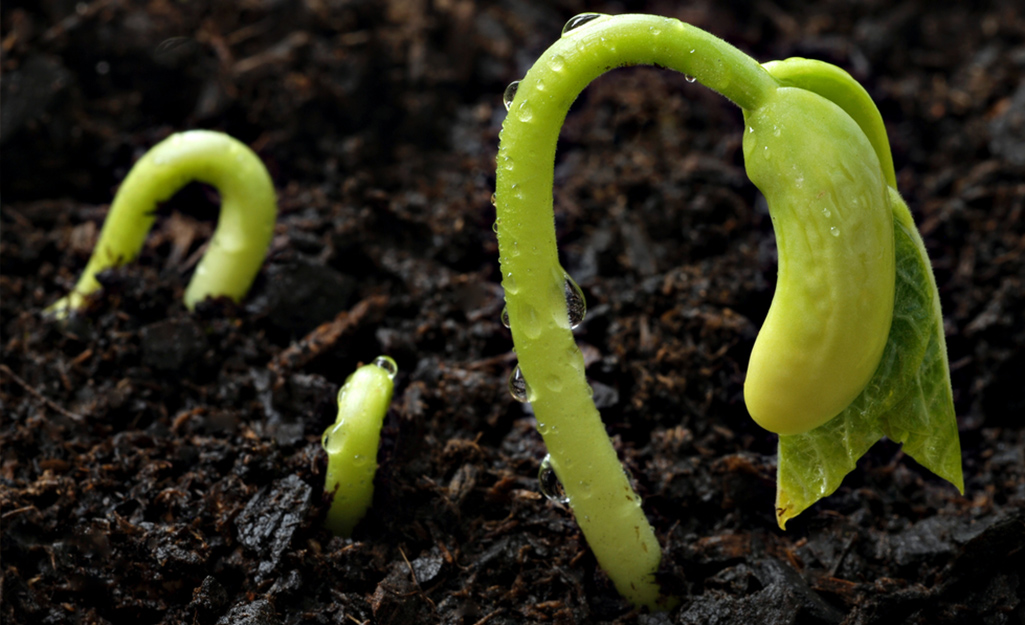
Smart gardeners follow the weather and know their area's average date of last frost in spring, but another important indicator for timing is soil temperature. Use a soil thermometer to determine if the ground is warm enough for the seeds you want to plant.
Crops that germinate in cool soils (as low as 40 degrees Fahrenheit) include arugula, kale, lettuce, parsnips, radishes and spinach. When the soil warms to above 50 degrees Fahrenheit, you can add cabbage, onions, Swiss chard and turnips.
At 60 degrees Fahrenheit, start beans, beets, broccoli, Brussels sprouts, cabbage and carrots. The 70 degrees Fahrenheit threshold is best for tomatoes, eggplants, peppers, cucumbers, squash, corn and melons. (Seeds need warmer temperatures to germinate, but can handle cooler temperatures once they’re growing.)
When the danger of frost has passed and the soil is warm enough for your crop, you can transplant seedlings. If the weather isn’t consistently warm enough, try a process called “hardening off” to toughen up fragile seedlings. The idea is to acclimate the seedlings through gradual exposure.
Where to Plant an Edible Garden
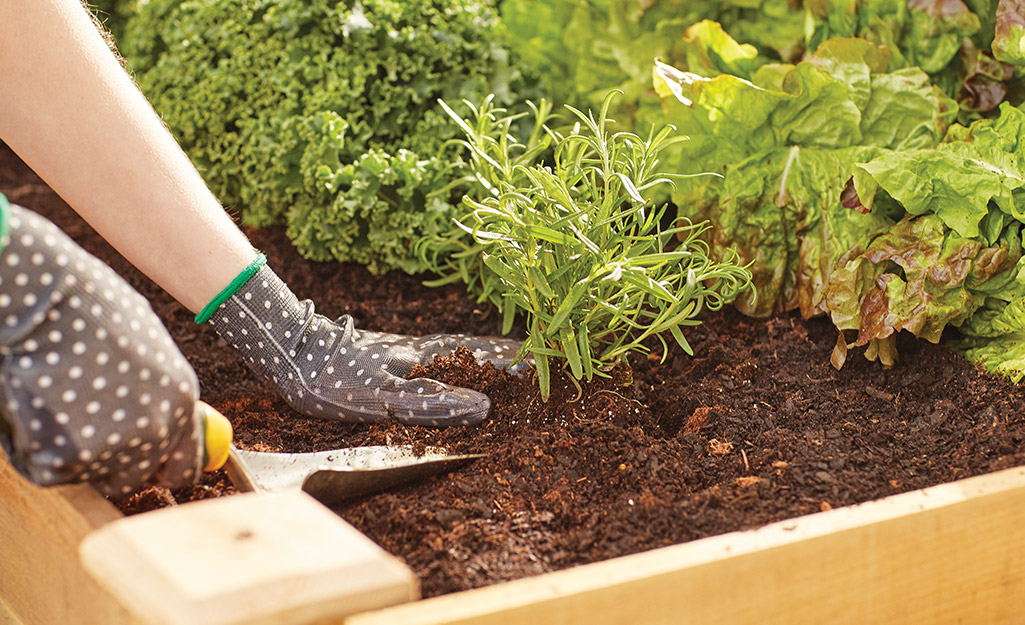
Edible gardens can be planted in rows, raised beds or containers. The first is familiar to anyone who grew up with a backyard vegetable plot. Raised beds are a more intensive method of planting that maximizes yield.
Any edible that can be grown in the ground can be grown in a container. When selecting varieties, look for "bush" or "patio" on seed packets and plant tags for the best choices for containers.
How to Plant an Edible Garden
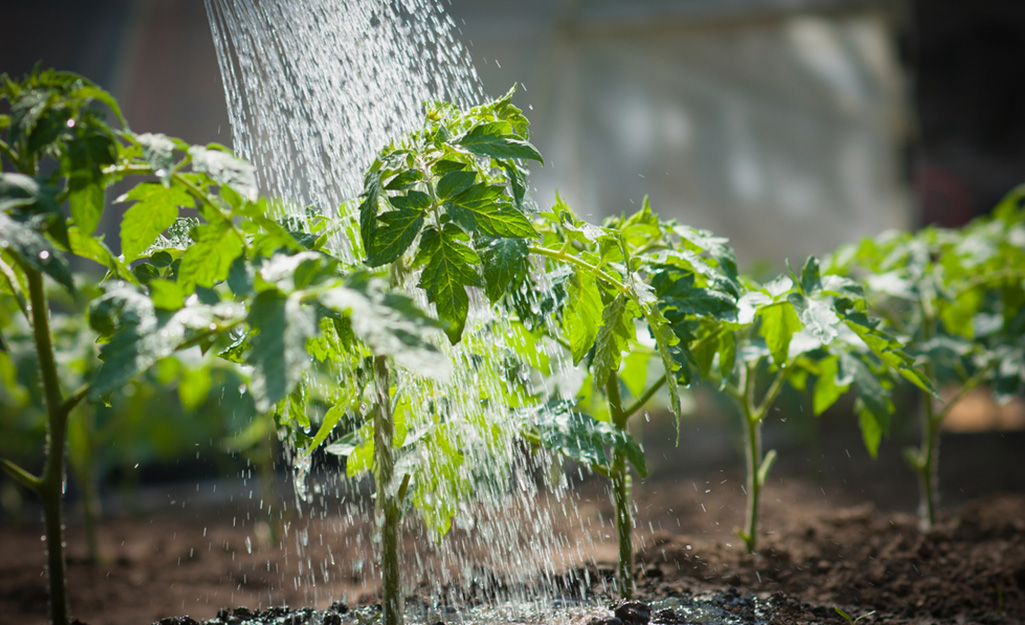
- Begin by creating rows:
- Straight rows simplify a vegetable garden plan, making it easier to weed and cultivate.
- Spread all-purpose organic fertilizer beside the row and rake into the soil.
- Use the edge of a hoe to carve a straight, shallow furrow.
- Spacing will vary depending on what crop you’re planting. Read the seed packet or plant tag to determine the spacing between rows.
- Planting seeds:
- The rule of thumb is to plant seeds at a depth two to four times the width of the seed. This puts tiny seeded crops like lettuce and carrots at a depth of 1/4 inch. Larger seeds like corn, squash and beans should be planted about 1 to 2 inches deep.
- Some seeds like squash, melon and cucumber are planted in hills. This isn’t a peaked mound, but a flat, raised circle. Use a hoe to create a 12-inch circle and plant four to six seeds.
- Press soil gently around seeds and water immediately.
- Planting seedlings:
- The best time to plant is in the cool of the morning or in late afternoon.
- Give seedlings a drink about an hour before planting.
- Dig each hole a little bigger than the roots of the new plant.
- Tear the peat pot away (toss it in with the compost).
- If the seedling has lots of roots, gently shake them out and set them in the soil.
- Most seedlings are planted at the same depth they were in the container. Tomatoes are an exception and can be planted up to the first set of leaves.
- Gently firm the seedling in and water.
Whether you need the right planters, seeds or potting soil, used The Home Depot Mobile App to get all your materials delivered
when and where you need them.




